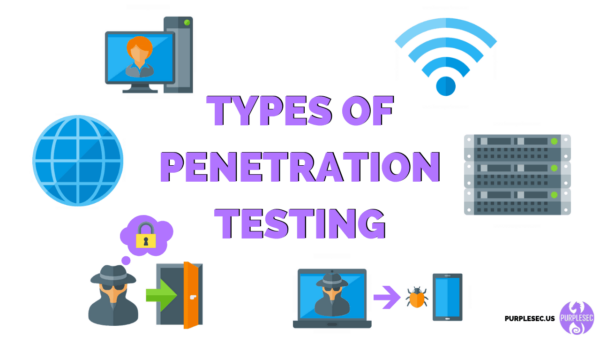Penetration Testing, often abbreviated as Pen Testing or Pentest, is a cybersecurity practice designed to test a computer system, network, or web application to find vulnerabilities that an attacker could exploit. It simulates a cyberattack against your computer system to check for exploitable vulnerabilities. In the context of web application security, penetration testing is commonly used to augment a web application firewall (WAF).
Understanding Penetration Testing
Penetration Testing is a critical component of a comprehensive security program. It involves the use of various methods and tools to simulate attacks on systems, applications, and entire network infrastructures. The primary goal is to identify and resolve security weaknesses before malicious attackers can exploit them. Penetration tests can be conducted manually or automated with software to systematically compromise servers, endpoints, web applications, wireless networks, network devices, mobile devices, and other potential points of exposure.
Key Features of Penetration Testing
- Ethical Hacking: Ethical hackers, or penetration testers, use the same hacking techniques as attackers but do so lawfully and ethically to improve security.
- Comprehensive Assessment: It provides a full assessment of the existing security posture of an information system or network.
- Risk Management: Helps in identifying vulnerabilities and quantifying their potential impact to prioritize remediation efforts.
- Tailored Testing: Tests can be tailored to the specific needs of the system or application, considering the technology stack and business context.
Types of Penetration Testing
The approach to penetration testing can vary based on the target and the testing objectives. The following table outlines the primary types of penetration testing:
| Type of Test | Target | Description |
|---|---|---|
| External Penetration | External network interfaces | Tests the ability of external hackers to get in. |
| Internal Penetration | Internal network | Simulates an insider attack or an attack through phishing, etc. |
| Web Application | Web applications | Identifies vulnerabilities in web applications. |
| Wireless Penetration | Wireless networks | Tests the security of wireless communication systems. |
| Social Engineering | Human factor | Tests the susceptibility of personnel to social engineering tactics. |
| Physical Penetration | Physical access | Involves attempting to gain physical access to facilities to exploit internal systems. |
Applications of Penetration Testing
Penetration Testing serves various purposes, including but not limited to:
- Security Validation: Validates the effectiveness of security measures.
- Regulatory Compliance: Helps ensure compliance with standards like PCI DSS, HIPAA, or GDPR.
- Security Awareness: Increases security awareness among employees and management.
- Incident Response: Improves the incident response capabilities by identifying potential threats and preparing for possible attack scenarios.
Challenges and Solutions in Penetration Testing
| Challenges | Solutions |
|---|---|
| False Positives/Negatives | Regular updates and manual verification |
| Scope Limitation | Comprehensive planning and clear scope definition |
| Legal and Ethical Concerns | Strict adherence to legal and ethical guidelines |
| Skill and Resource Intensity | Utilizing automated tools and external expertise |
Comparison with Similar Practices
- Vulnerability Scanning vs. Penetration Testing: Vulnerability scanning is automated and identifies known vulnerabilities, while penetration testing involves simulated cyberattacks to identify exploitable vulnerabilities.
- Red Teaming vs. Penetration Testing: Red Teaming involves a broader and more goal-oriented approach compared to the more focused and technical nature of penetration testing.
Future of Penetration Testing
- Automation and AI: Increasing use of automation and AI to identify vulnerabilities more efficiently.
- Cloud and IoT: Expanded focus on cloud services and IoT devices due to their growing prevalence.
- Purple Teaming: Integration of offensive (red team) and defensive (blue team) efforts for enhanced security.
VPN and Penetration Testing
VPNs play a crucial role in penetration testing by:
- Secure Testing Environment: Providing a secure and anonymous environment for testers to conduct their activities without revealing their IP addresses.
- Simulating Attacks: Allowing testers to simulate attacks from various locations to test geo-location-based security measures.
- Encrypted Communication: Ensuring that data collected during testing is securely transmitted.
Further Resources
- OWASP: The Open Web Application Security Project offers resources and guidelines on web application penetration testing.
- NIST: The National Institute of Standards and Technology provides comprehensive documentation on conducting penetration tests.
- SANS Institute: Offers training and certifications in penetration testing and ethical hacking.
Penetration Testing is an essential practice for identifying and mitigating vulnerabilities in IT systems and networks. By understanding and applying the principles of penetration testing, organizations can significantly enhance their security posture against potential cyber threats.


